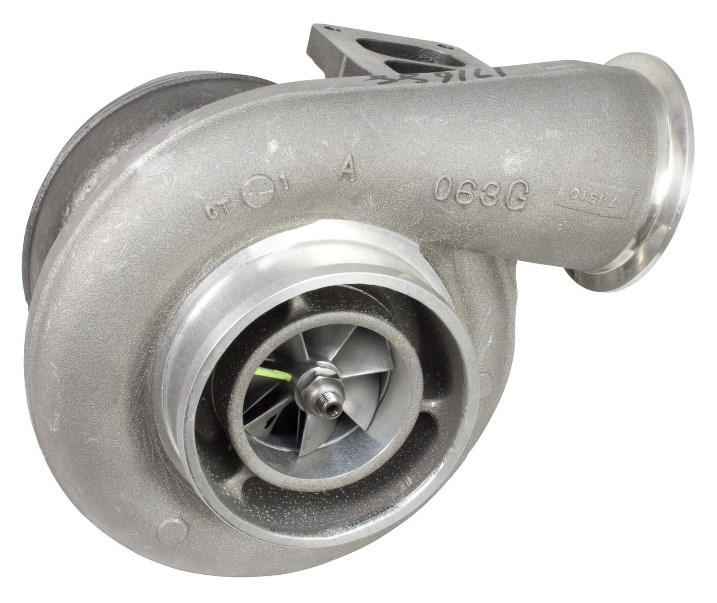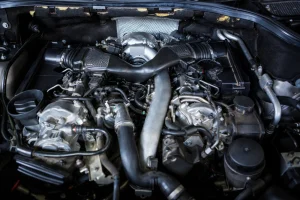Borg Warner Turbocharger – Design and Function
Borg Warner Turbocharger compressors are commonly centrifugal compressors comprising of three fundamental parts: compressor wheel, diffuser, and housing. With the rotational speed of the wheel, air is attracted pivotally, quickened to high speed and afterward removed radially.

The diffuser hinders the high-speed air, to a great extent without any losses, so both weight and temperature rise. The diffuser is framed by the compressor back plate and a piece of the volute lodging, which in its turn gathers the air and backs it off further before it achieves the compressor exit.
Benefits of Exhaust Gas Turbocharging
Contrasted with a normally suctioned engine of indistinguishable power yield, the fuel utilization of a Borg Warner turbocharger engine is lower, as a portion of the typically squandered fumes vitality contributes to the engine’s effectiveness. Because of the lower volumetric displacement of the turbo engine, frictional and thermal dissipation are less.
- The capacity to-weight proportion, for example kilowatt (control yield)/kilograms (engine weight), of the fumes gas turbocharged engine is greatly improved than that of the normally suctioned engine.
- The turbocharger engine’s establishment space necessity is littler than that of a normally suctioned engine with a similar power yield.
- A turbocharged engine’s torque trademark can be improved. Due to the purported “maxidyne trademark” (an extremely high torque increment at low engine speeds), near full power yield is kept up well beneath evaluated engine speed. Accordingly, climbing a slope requires less rigging changes and speed loss is lower.
- The high-height execution of a turbocharged engine is significantly better. In view of the lower gaseous tension at high heights, the power loss of a normally suctioned engine is impressive. Interestingly, the presentation of the turbine improves at elevation because of the more prominent weight difference between the virtually steady weight upstream of the turbine and the lower surrounding weight at outlet. The lower air thickness at the compressor bay is to a great extent evened out. Thus, the engine has scarcely any power loss.
- Because of decreased size, the sound-transmitting external surface of a turbocharger engine is small, it is less boisterous than a normally suctioned engine with indistinguishable yield. The turbocharger itself goes about as an extra silencer.
What is useful for a Borg Warner turbocharger?
The Borg Warner turbocharger is planned with the end goal that it will normally keep going as long as the engine. It doesn’t require any unique upkeep; and examination is restricted to a couple of occasional checks. To guarantee that the turbocharger’s lifetime relates to that of the engine, the accompanying engine producer’s administration guidelines must be carefully watched:
- Oil change interims
- Oil channel framework support
- Oil weight control
- Air channel framework support
Assessing the failure in the turbocharger
If the engine does not work appropriately, one ought not accept that the turbocharger is the reason. It frequently happens that completely working turbochargers are supplanted despite the fact that the failure does not lie here, but with the engine.






